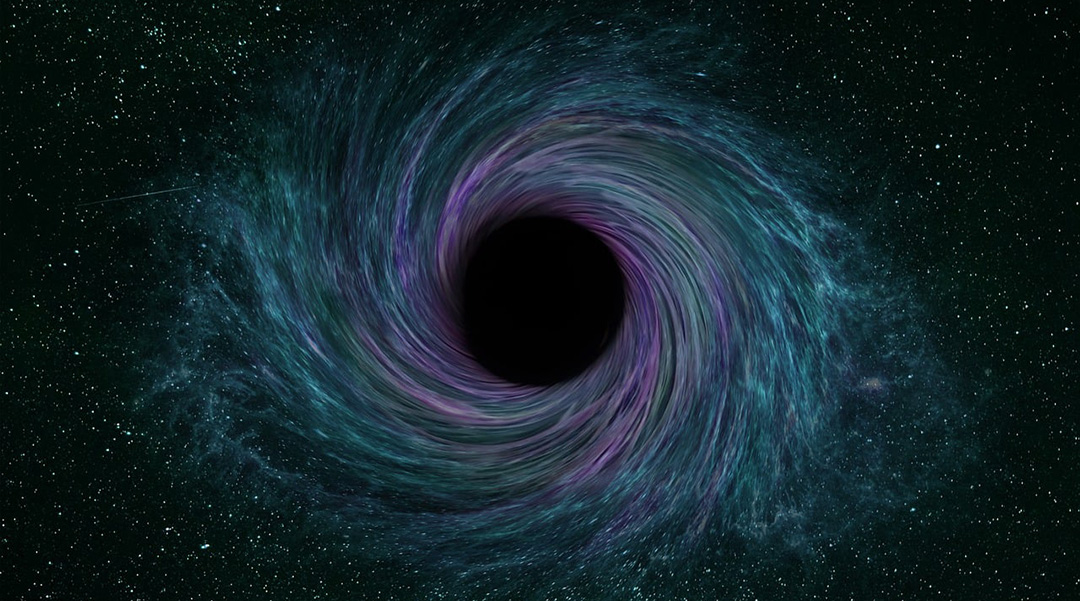XRISM solves star formation mystery in galaxy clusters
New high-resolution X-ray data reveal that turbulent gas motion, not just black hole activity, prevents star formation in cluster cores. Using data from the recently [more…]
Switching fiber optic cables from round to rectangular shown to enhance data speeds
Optical fibers form the backbone of modern communications, enabling high-speed internet access and data transmission across the globe. As demand for faster and more efficient [more…]
A new method to track skyrmions, tiny magnetic whirls formed by atomic magnetism
Scientists have discovered a new method to monitor the long-term behavior of skyrmions — tiny, swirling magnetic structures formed by the natural magnetism of atoms. [more…]
Researchers replicate gravitational lensing in the lab
For the first time, researchers have successfully recreated the subtle effects of gravitational lensing — a phenomenon where light is bent by the gravitational pull [more…]
Low-cost quantum sensors could enhance EV battery monitoring
These low-cost quantum sensors detect tiny magnetic field changes and could help identify early battery issues in electric vehicles. Detecting the smallest changes in magnetic [more…]
Gas filaments could help explain how supermassive black holes get so big
Scientists believe they may finally have an answer for how super massive black holes, which exist in the hearts of most galaxies and galaxy clusters, [more…]
Unwanted vibrations strengthen quantum dots for secure communication
A new study reveals that vibrations in solid materials, known as phonons, might actually enhance the performance of tiny structures called quantum dots as single-photon [more…]
Scientists observe predator-prey dynamics in a quantum system
Scientists find predator-prey-like interactions in spinning particles, challenging physics and opening doors for quantum tech. Scientists have identified a surprising phenomenon in quantum systems that [more…]
A theory of frozen stars challenges our understanding of black holes
Linking string theory with observations, frozen stars shed new light on black holes and the clash between quantum mechanics and relativity. In an attempt to [more…]
A “dark dimension” could help explain the origin of dark energy
Two theoretical physicists believe that string theory could provide a potential solution to one of cosmology’s greatest mysteries: the surprisingly small density of dark energy. [more…]










